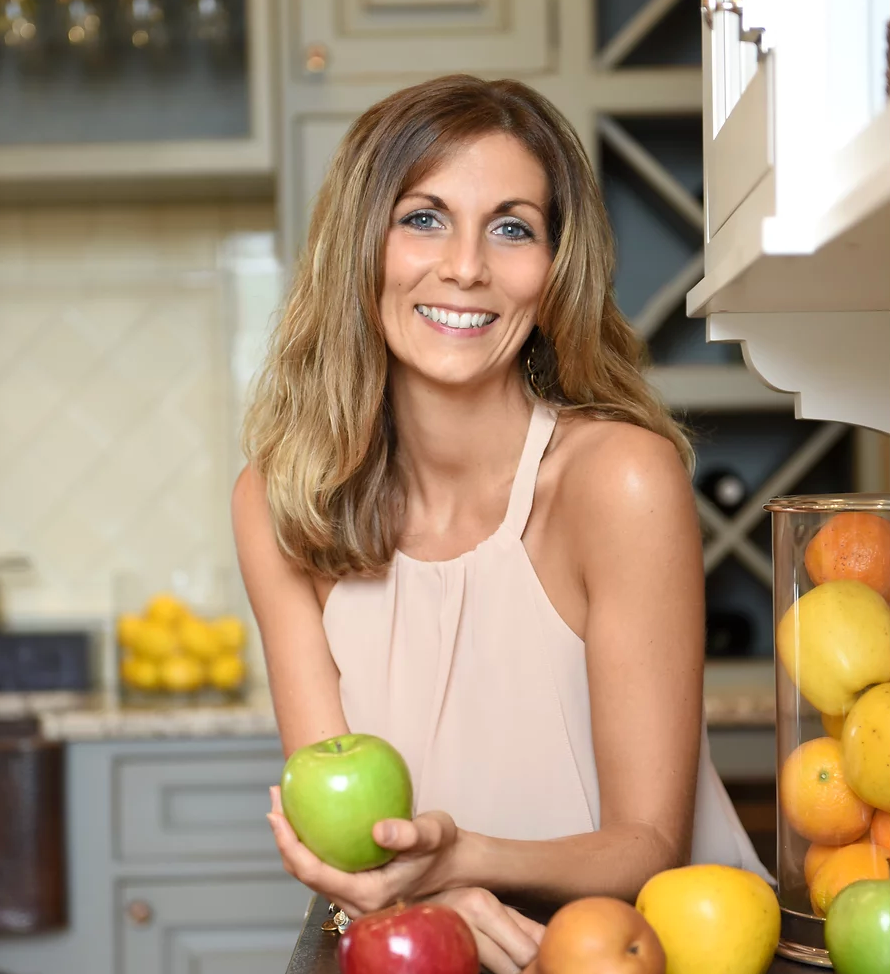In this month’s Raw Generation Juice Club Webinar, holistic nutritionist Lisa Testa broke down the importance of reading food labels and exposed some of the shocking ingredients often hidden under vague terms like "natural flavors." Whether you're trying to eat cleaner or simply make healthier choices for your family, this session offered critical insights into the food industry's labeling practices and how to navigate them.
1. What's Really Important on a Label?
Most people focus on the nutrition facts—calories, sugars, fats—but Lisa emphasized that the ingredients list is far more important. The numbers at the top of the label don't tell you where those sugars or fats come from, which is why the real story is in the small print underneath.
“Sugar grams don’t mean the same thing when they come from a sweet fruit juice versus a processed snack with high fructose corn syrup,” Lisa explained. Learn to read past the nutrition facts and focus on what’s actually in your food.
2. Beware of "Natural Flavors"
One of the most concerning aspects of food labels is the term “natural flavors,” which may sound harmless but can hide a lot of questionable ingredients. These flavors can legally contain up to 100 different substances under that single label. Even companies selling “clean” products can include ingredients derived from animal parts, petroleum, and more.
Here are a few examples of what might be hiding under “natural flavors”:
- Castoreum: Secretions from a beaver’s anal glands, often found in vanilla flavorings.
- Shellac: A resin derived from insects, used in shiny candies like jelly beans and even some citrus fruit coatings.
- L-cysteine: An amino acid derived from human hair or duck feathers, used to soften bread.
- Methylparaben: A preservative from female dogs in heat, used in many canned goods.
Lisa’s advice? When in doubt, call the company or avoid natural flavors altogether unless the company specifies what’s included.
3. Food Dyes: The Hidden Toxin
While food dyes like Red 40 and Yellow 5 are labeled as artificial colors, they’re still prevalent in a surprising number of products. These dyes are not only linked to behavioral issues in children, like ADHD and autism, but they are also known carcinogens.
You’ll find these dyes in unexpected places, like Life cereal, children's medications, vitamins, and pickles. Lisa stressed the importance of reading labels carefully, especially on foods marketed to children.
4. New Products on the Horizon
Exciting news for parents! Raw Generation will soon be launching Little Sippers, a line of small, kid-friendly juices. Each juice contains a rainbow of fruits and vegetables—up to 40 per week—with clean ingredients kids will love. These will be available soon, providing a convenient and healthy way to get kids more nutrients.
5. Take Action with Healthier Choices
Lisa also touched on her ongoing commitment to clean, unprocessed food options at Raw Generation, explaining that while cleaner products can sometimes be more expensive, the long-term health benefits are invaluable. Raw Generation's juices are raw, unpasteurized, and full of live nutrients, which is why they are a premium product.



